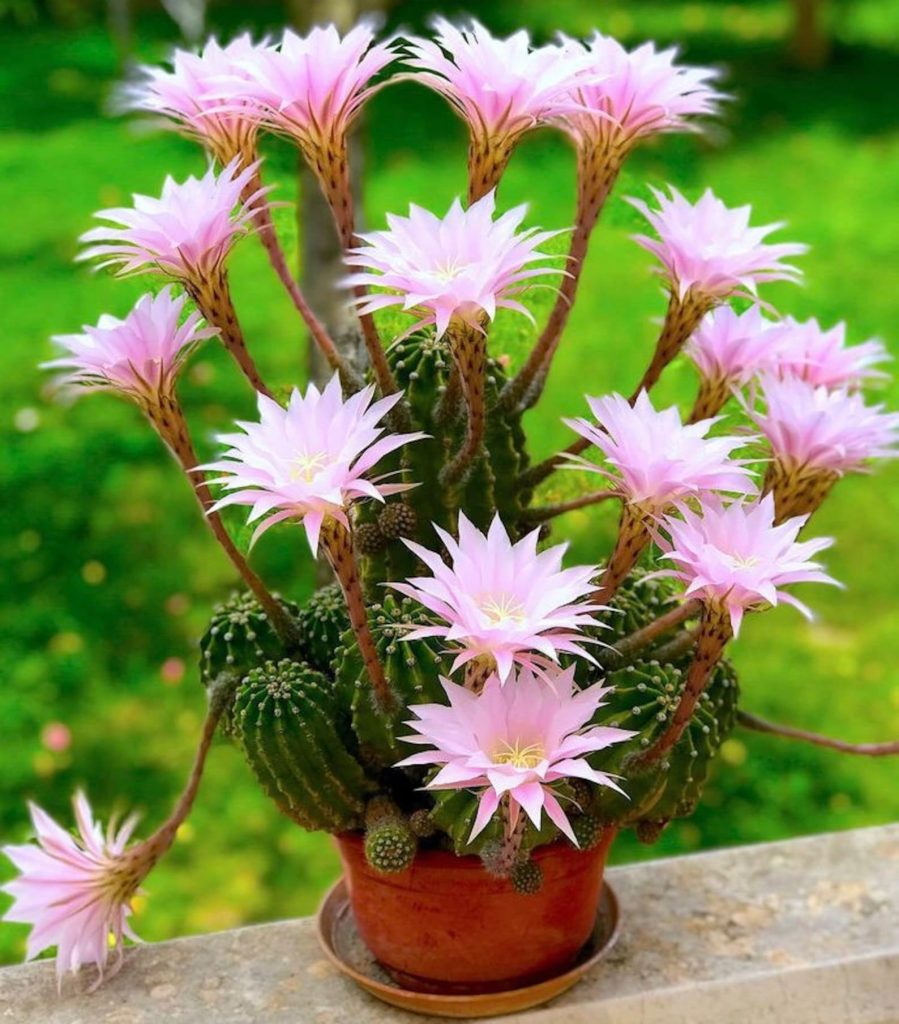
Numerous individuals find themselves compelled to usher their prickly green companions indoors as winter’s chill descends, a precaution to shield them from the biting frost. This maneuver, though born out of necessity in regions besieged by wintry harshness, inadvertently spawns an environment inimical to the blossoming of cacti. An overabundance of hydration, excessive warmth, and a deficit of luminous exposure articulate the predicaments leading to the query, “Why does my cactus remain barren?” Indeed, the genus of cactus in your custody might not manifest blooms for epochs. It is not extraordinary for certain species to bide their time, spanning five to ten decades, before adorning themselves with flowers. For aficionados yearning for cacti that readily parade their blossoms indoors, a selection of specific types beckons.

Enabling a Cactus to Flourish

For those sheltering cacti within the confines of their abode throughout winter, positioning them in the abode’s chilliest quarter is advisable. Although these resilient beings falter in the face of temperatures plummeting below 20 degrees Fahrenheit (-6 Celsius) in the great outdoors, they necessitate a period of cold dormancy to engender blooms. It is also crucial to withhold all hydration during these frigid spells. Water is superfluous to cacti ensconced indoors through winter’s reign. During their quiescent phase, abstain from watering, awaiting the advent of growth resumption to reintroduce moisture. This regimen is propitious for flowering. If the cacti have not yet reveled in the full embrace of sunlight at this juncture, making such arrangements can significantly enhance their chances of blooming. The inaugural rays of the morning sun are most beneficial, save for the cacti that dwell in jungle/woodland environments; these varieties thrive under the canopy of filtered sunlight or simply in bright, indirect light. Acclimatization to sunlight should be a gradual affair for cacti, to preclude solar burns. Commence with brief exposures, incrementally extending the duration weekly for desert cacti until they bask in no less than six hours of sunlight daily.

In scenarios where genuine solar embrace is unattainable, an artificial lighting apparatus may suffice. Nonetheless, should the opportunity arise to bask the plant in the warmth of outdoor climes, seize it. Upon resuming hydration, a modest administration of high-phosphorus fertilizer, diluted to half potency and preceded by watering, is advisable. Should fertilizers already be at your disposal, verify that the central figure in the nutrient ratio (indicative of phosphorus content) predominates. Nitrogenous fertilizers, identified by the leading number in the ratio, are ill-suited for cacti and succulents, as they foster frail and elongated growth. Thus, their avoidance is prudent. Fertilizers with a marked phosphorus content are often heralded as “bloom enhancers,” promising the coveted spectacle of cactus flowers.






